
Do you believe that children’s books are just for kids? Think again. Communicators can learn a lesson or two about creating effective employee communication vehicles from revisiting books we loved when we were young.
To demonstrate, we asked members of the Davis & Company team to share what our favorite children’s books teach us about communication. Here’s what we said:
| Deliver consistent messaging Corduroy by Don Freeman My favorite childhood book, Corduroy, can teach us not only about hope and compassion, but also about creating consistent messaging to engage an audience. |
|
 Christine Burri |
.jpg) |
| Try something new The Little Engine That Could by Watty Piper As a child, I remember reading The Little Engine That Could and liking the qualities in that little engine. She was brave and perseverant—two qualities I try to demonstrate in my work today. Don’t be afraid to break the mold and try something new when it comes to developing communication vehicles. And of course, always believe in your ideas. |
|
 Janice Comes |
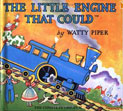 |
| Grab attention with humor If You Give a Mouse a Cookie by Laura Joffe Numeroff This amusing story delivers so much entertainment that my children want to read it again and again. Make your next video or blog entry fun by incorporating humor. |
|
 Kim Cuffe Kim Cuffe |
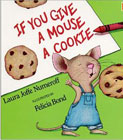 |
| Use simple language One fish two fish red fish blue fish by Dr. Seuss In most communication vehicles today, writing is still too complicated and corporate. Instead, we need to find inspiration in Dr. Seuss, who used clear, simple and conversational language—words that even a first grader could understand. Like this: This one has a little car. Say! What a lot of fish there are. |
|
 Alison Davis Alison Davis |
 |
| Reinforce ideas Goodnight Moon by Margaret Wise Brown Many children’s books seem to reinforce important ideas. For instance, Goodnight Moon reinforces the idea that everything goes to sleep and rests during the night. Busy people in the office, on their computers non-stop |
|
 Casey Gatti Casey Gatti |
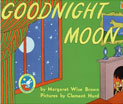 |
| Connect on a personal level The Giving Tree by Shel Silverstein The Giving Tree is an endearing tale of love, nurturing and self-sacrifice. As a little girl, I had an emotional reaction to the way it embodied the human spirit. Communication that has a personal tone will engage people to pay attention. I sure did. |
|
 Kathleen Lota Kathleen Lota |
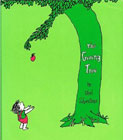 |
| Communicate visually The Little Prince by Antoine de Saint-Exupéry and Richard Howard While The Little Prince is an inspirational and thoughtful story, it’s the author’s illustrations that made all the difference for me. They grounded my attention. They helped me understand. But most of all they spurred my imagination. It’s a good lesson for any communication: Words often need help. That means plenty of information graphics, charts and photographs. And perhaps a little prince standing on a planet. |
|
 David Pitre David Pitre |
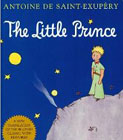 |
| Create memorable characters The Berenstain Bears by Jan and Stan Berenstain As a child, I read every Berenstain Bears book I could get my hands on. I couldn't wait to find out what Papa, Mama, Brother and Sister would do next—eat too much junk food, get in a fight, forget their manners—and how they would resolve the problem. The rich descriptions and illustrations brought the characters to life. As communicators, we can help our employees become invested by developing realistic characters they'll want to follow along with. |
|
 Cheryl Ross Cheryl Ross |
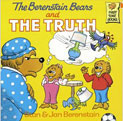 |
| Be relatable Alexander and the Terrible, Horrible, No Good, Very Bad Day by Judith Viorst This book isn’t about a princess or a talking bunny; it’s about an average kid having a bad day—a story I was able to identify with. Employees are no different; they want to read stories that are relevant to them. As communicators, we need to develop content employees can relate to. |
|
 Breana Van Rye Breana Van Rye |
 |
| Use your imagination Aunt Ippy’s Museum of Junk by Rodney A. Greenblat When I was a young lad, I remember reading this book and thinking of all the fun things you can make out of something that seems like nothing. If you are handed a communication that seems lost, use your imagination to transform it into a creative piece that will catch the attention of employees. |
|
 Sam Viscomi Sam Viscomi |
 |



